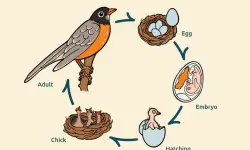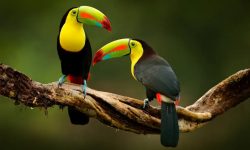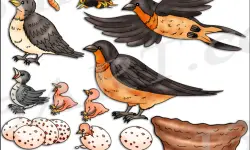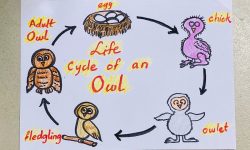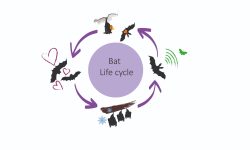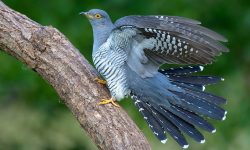In a world where swans are almost always imagined in pure white, one bird defies the norm with dramatic elegance—the Black Swan (Cygnus atratus). Native only to Australia, this species is the sole representative of black-feathered swans on Earth. With its striking appearance, graceful movements, and deep cultural significance, the Black Swan has captivated biologists, birders, and philosophers alike. But beyond the symbolism lies a real bird with a complex story—one shaped by ecology, evolution, and survival in some of the world’s most dynamic wetlands.
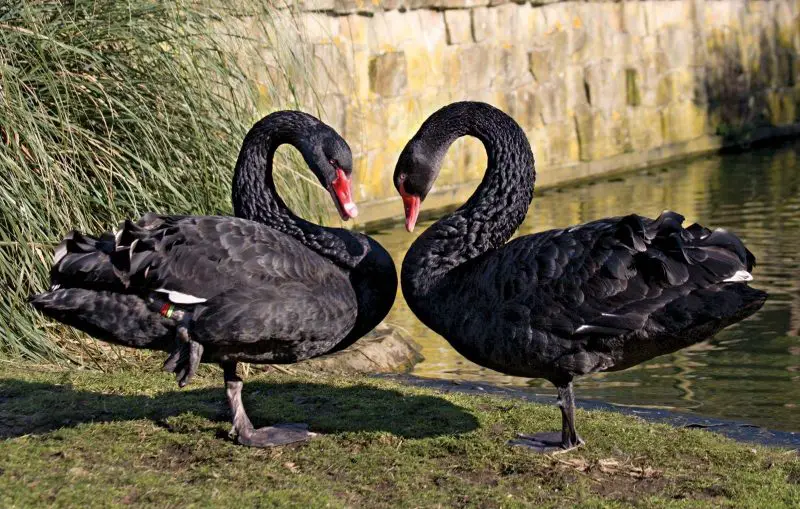
A Swan Unlike Any Other
Taxonomy and Physical Traits
The Black Swan (Cygnus atratus) is unlike any other swan in existence—a bird that seems born from shadow and elegance. As a proud member of the genus Cygnus, which includes all true swans, it shares the same graceful silhouette and long neck seen in its white-feathered cousins. Yet everything about its appearance challenges expectation.
The species name atratus comes from Latin, meaning “dressed in black,” a perfect reflection of its rich ebony plumage. Adult Black Swans are cloaked in deep, velvet-black feathers, their necks arching with serpentine grace. Their wing feathers are curled and textured, giving them a layered, sculptural look, while a sudden flash of bright white flight feathers during takeoff or in flight offers a visual contrast that is nothing short of breathtaking.
Adding to their striking appearance is the vivid crimson bill, sharply tipped with a white band. This splash of color against the dark body makes them instantly recognizable. Males and females look alike, though males tend to be slightly larger and more robust. Juvenile swans are paler, mottled in gray-brown, and gradually darken as they mature into adulthood.
A Native of Australia
Black Swans are endemic to Australia, meaning they evolved there and are found nowhere else in the wild. They inhabit a variety of freshwater and brackish environments—lakes, rivers, lagoons, estuaries, and floodplains—especially in the southern and western regions of the continent where water is most abundant.
What sets them apart ecologically is their nomadic lifestyle. Unlike many swan species that form rigid migratory paths, Black Swans respond fluidly to water availability. In times of drought or habitat drying, they may abandon one wetland and appear hundreds of kilometers away in search of better conditions. This mobility allows them to thrive across a broad and sometimes unpredictable landscape.
While Australia remains their stronghold, humans have introduced Black Swans to New Zealand, where they now breed in the wild, and to parts of Europe and Asia, mainly for ornamental purposes. However, outside of Australasia, they are still considered rare and often confined to private lakes or zoo collections.
Their presence in Australian culture runs deep—from Indigenous Dreamtime stories to colonial coats of arms—and their image continues to represent the beauty and surprise of Australia’s unique wildlife.
Behavior and Ecology
Social and Mating Habits
Black Swans are not only stunning in appearance—they are deeply social and emotionally complex birds. They often gather in large flocks outside the breeding season, gliding in unison across open water or feeding together along quiet shorelines. But when it comes to mating, these swans form strong, lifelong pair bonds, often staying with the same partner for years, sometimes for life.
During the breeding season—which varies across regions depending on rainfall and water conditions—mated pairs engage in graceful, synchronized displays. They arch their necks, dip and rise in rhythm, and emit soft, trumpet-like calls that reinforce their bond. These courtship rituals are not only elegant but vital for coordination and communication within the pair.
Nests are built from reeds, grasses, and aquatic vegetation, often forming large floating platforms anchored near the water’s edge. The female typically lays between four to six pale green eggs, and both male and female take turns incubating them over five to six weeks. Once hatched, the cygnets are covered in soft gray down and remain closely guarded by both parents. The family often swims together in a tight formation, with the adults vigilant and ready to defend their young against predators or rivals.
Feeding Strategies
Black Swans are specialized aquatic grazers, relying on an herbivorous diet that is closely tied to the health of their wetland habitats. Using their long, flexible necks, they reach beneath the water’s surface to pull up submerged plants such as pondweed, algae, and aquatic grasses. Their feeding technique allows them to exploit deeper waters than ducks or other waterbirds.
In wetter seasons or after floods, they may also forage in flooded fields, rice paddies, or along grassy lake margins. There, they graze like geese, plucking tender shoots and seeds. Unlike some swan species that uproot entire plants, Black Swans tend to nibble delicately, making their feeding behavior less disruptive and even beneficial to wetland ecosystems.
By consuming excess vegetation, they help control plant overgrowth, improve water circulation, and promote biodiversity in aquatic environments. Their feeding habits not only sustain them but also contribute to the balance of the entire ecosystem they inhabit.
A Global Rarity
Introduced Populations
While the Black Swan is native only to Australia, its striking appearance and graceful behavior have inspired people around the world to introduce it to other continents—often as an ornamental species. In places like New Zealand, where it was deliberately introduced in the 19th century, the Black Swan has flourished and now breeds freely in the wild. There, it has become almost as familiar as native waterbirds.
Elsewhere, the Black Swan exists mostly in small, introduced populations, typically found in urban parks, palace gardens, or private estates across Europe and Asia. In countries like the United Kingdom, the Netherlands, and Japan, these birds often reside in artificial lakes or managed wetlands, where they are admired for their beauty rather than ecological role.
Occasionally, some of these introduced birds escape captivity and establish feral flocks, especially in regions with mild climates. Western Europe has recorded small, free-ranging groups, but they are usually localized and remain ecologically non-threatening. Unlike the more aggressive Mute Swan, Black Swans tend not to displace native species and are still considered a rarity in the wild outside of Australasia.
Symbolism and Cultural Impact
Few birds have changed the course of human language and thought the way the Black Swan has. For centuries, Europeans used the phrase “as rare as a black swan” to describe something that didn’t exist—because, as far as they knew, all swans were white. That changed in the late 1600s, when Dutch explorers arrived in Western Australia and laid eyes on a living paradox: a swan with coal-black plumage, gliding across the water under an alien sky.
The discovery didn’t just shock naturalists—it shook philosophy. Suddenly, the metaphor for impossibility was real. This led to the modern concept of a “Black Swan event”, coined by philosopher Nassim Nicholas Taleb, referring to rare and unpredictable events that have massive consequences—like financial crashes, pandemics, or technological revolutions.
In Australia, however, the Black Swan is not just a metaphor. It is a cherished national symbol, woven deeply into the identity of the land. It graces the flag and coat of arms of Western Australia, features in Indigenous Dreaming stories, and appears in art, currency, and public consciousness. For many Australians, the Black Swan is not a sign of chaos or anomaly—it is a familiar presence, a symbol of enduring beauty, uniqueness, and resilience.
Conservation and Environmental Role
Despite its current classification as a species of Least Concern by the IUCN, the Black Swan’s survival is far from guaranteed. Its well-being is intricately tied to the condition of Australia’s freshwater wetlands—ecosystems that are increasingly under pressure. Wetland drainage for agriculture, expanding urban development, and pollution from industry and farming have all reduced or degraded critical habitat in many regions.
Climate change introduces an even greater level of uncertainty. Shifting rainfall patterns, prolonged droughts, and extreme flooding events can disrupt the delicate balance of water levels that Black Swans rely on for feeding and breeding. In years when wetlands dry up or flood too early, swans may be forced to abandon nesting attempts altogether.
Because of this sensitivity to environmental change, the Black Swan serves as an important indicator species—a living signal of ecosystem health. When populations are thriving, it suggests that water systems are functioning well. When they decline, it often points to deeper imbalances in wetland ecology. Protecting Black Swans, therefore, is not just about saving a beautiful bird. It’s about preserving the integrity of Australia’s wetland landscapes, which support countless other species, filter water, prevent erosion, and sustain Indigenous and rural communities.
Ongoing conservation efforts focus on wetland restoration, water flow management, and raising public awareness about the ecological roles swans play. Ensuring the continued presence of Black Swans in the wild will require not only policy and protection but also a deeper cultural recognition of how vital these habitats are—not just for wildlife, but for life itself.
Conclusion
The Black Swan is a living contradiction—rare, yet widespread; fragile, yet resilient; elegant, yet startling in its dark beauty. As the only black swan species in the world, it not only challenges our expectations of what swans are supposed to look like, but also serves as a powerful reminder of nature’s ability to surprise and inspire. Whether gliding across an outback lake or guarding its young among the reeds, the Black Swan remains one of Earth’s most iconic and unforgettable birds—a feathered paradox that turned myth into reality.

